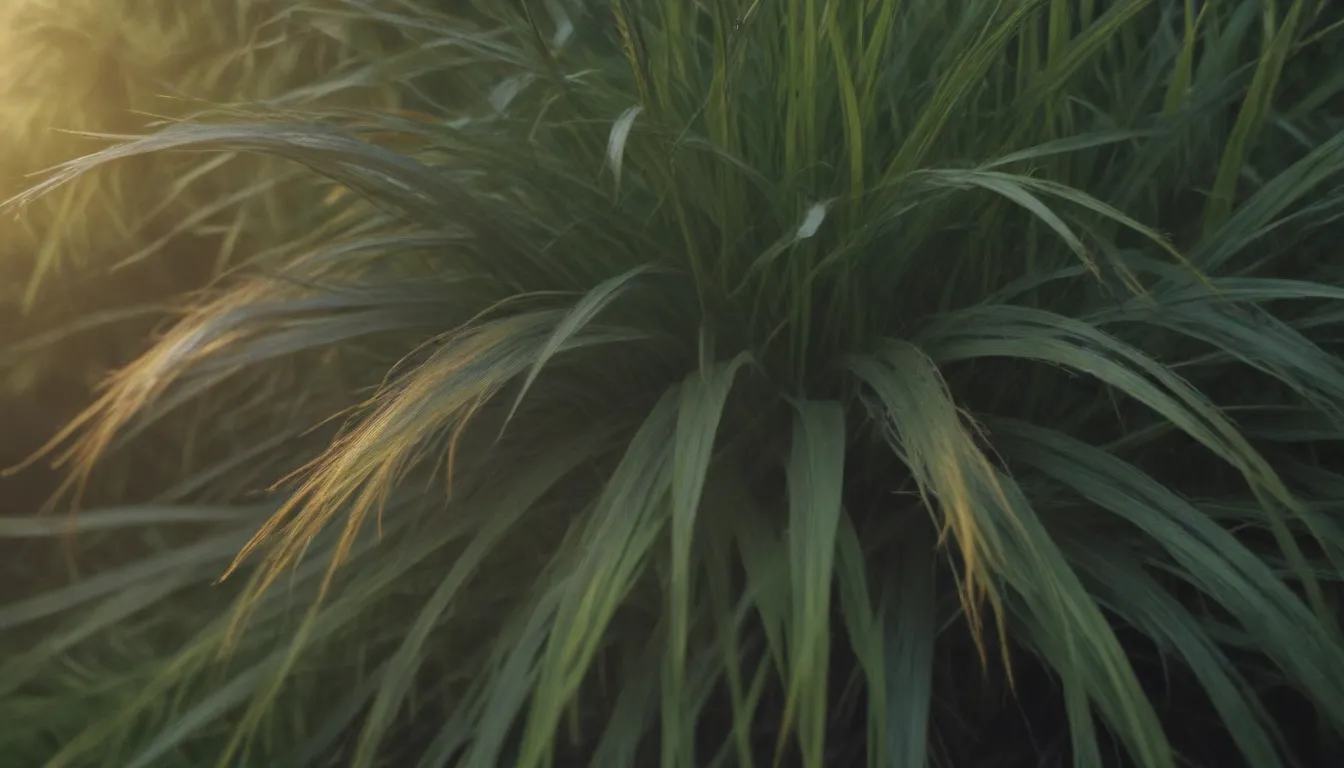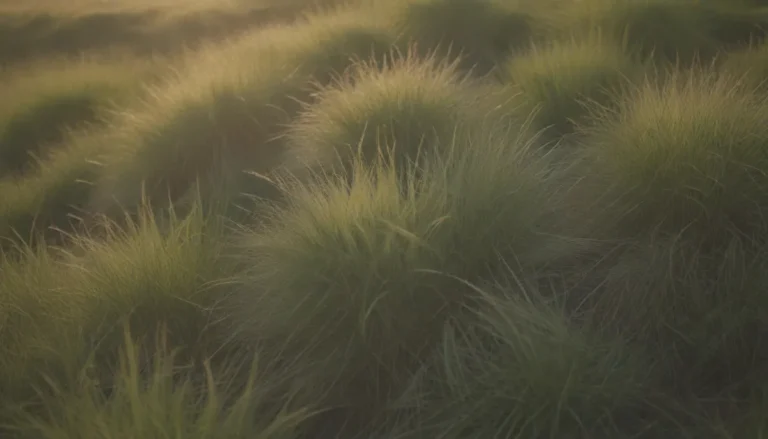A Complete Guide on Growing and Caring for Japanese Sedge

Are you looking to add a touch of elegance and versatility to your garden or landscape design? Japanese sedge, also known as Morrow’s sedge or evergold carex, might be the perfect choice for you. This semi-deciduous rhizomatous evergreen plant is native to Central and Southern Japan and offers a unique aesthetic appeal with its densely tufted tussock of slender foliage that shimmers in the breeze. In this comprehensive guide, we will delve into everything you need to know about growing and caring for Japanese sedge to ensure it thrives in your landscape.
Getting to Know Japanese Sedge
Japanese sedge boasts flat, dark green leaves that are 12 inches long and 1/4- to 1/2-inch wide, making it a visually striking plant in any setting. Its growth habit is dense, clumping, and mounding, reaching its mature height and spread within about two years. Inconspicuous brown flowering spikes emerge on the plant in mid to late spring, adding a subtle charm to its overall appearance.
Japanese Sedge Care Tips
Japanese sedge is a versatile plant that offers numerous landscaping options. Whether it’s mingling attractively with flowering bulbs and perennials, creating texture in your garden beds, or thriving around ponds and water gardens, Japanese sedge is sure to impress. Here are some essential care tips to help your Japanese sedge flourish:
-
Light: Japanese sedge thrives in shady areas, making it an excellent choice for under a canopy of trees or in spots shaded by structures. Ensure it receives minimal dappled sunlight, as excessive sun exposure can fade its green color.
-
Soil: Plant Japanese sedge in moderately moist, fertile, and well-draining soil. It adapts well to various soil types but dislikes dry conditions.
-
Water: Water your Japanese sedge consistently, especially during the establishment phase. Aim to keep the soil consistently moist, but avoid overwatering to prevent fungal diseases.
-
Temperature and Humidity: Japanese sedge plants prefer cool weather and grow best when temperatures are below 75 degrees Fahrenheit. They have no specific humidity requirements but benefit from a thick layer of organic mulch during cold winters.
-
Fertilizer: Japanese sedge plants do not require additional fertilization, as they establish themselves easily and grow well without extra nutrients.
Types of Japanese Sedge
With over 1500 species of Carex plants, identifying individual species can be challenging. Common grass types often confused with Japanese sedge include foothill sedge and tussock sedge. However, specific varietals of Japanese sedge, such as Carex morrowii ‘Variegata’ and Carex oshimensis ‘Evergold’, offer unique colors and appearances while sharing similar care requirements.
Pruning and Propagation
While Japanese sedge doesn’t require frequent pruning, trimming it back before winter can promote healthy growth in the following spring. Division is the recommended method for propagating Japanese sedge, ensuring the plant remains vigorous and thriving.
Growing Japanese Sedge From Seed
Japanese sedge seeds can be challenging to germinate and are not widely available, making propagation through division a more reliable option. However, if you wish to grow Japanese sedge from seed, select a cultivar plant and follow specific steps to increase your chances of success.
Potting and Repotting
Due to its low height, Japanese sedge is an excellent choice for container planting. Select a container with good drainage and sufficient room for the plant to grow for two to three years without requiring repotting. When repotting becomes necessary, transfer the plant to a larger container with fresh potting mix to support its continued growth.
Overwintering Japanese Sedge
In regions with mild winters, Japanese sedge requires minimal winter care. However, in areas with freezing temperatures, protective measures such as mulching and insulation can help safeguard the plant’s roots and ensure healthy growth in the spring.
Common Pests and Diseases
Japanese sedge is resistant to pests and diseases, making it a low-maintenance option for landscaping. With proper care and ideal growing conditions, Japanese sedge can live up to 10 years and continue to thrive through propagation and self-seeding.
In conclusion, Japanese sedge is a versatile and visually appealing plant that can enhance any garden or landscape design. By following these care tips and guidelines, you can ensure your Japanese sedge thrives and adds a touch of elegance to your outdoor space. Whether you’re a seasoned gardener or a beginner looking to expand your plant collection, Japanese sedge is a fantastic choice that offers both beauty and ease of care.





